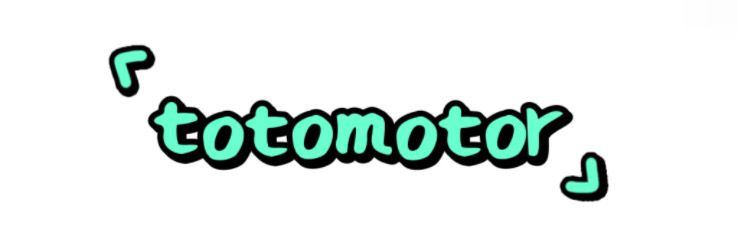Key Factors in Choosing Fabric Pleating Machines
Choosing the right machinery is crucial for efficiency and quality in the textile industry, especially when it comes to fabric pleating. A Fabric Pleating Machine is an essential tool for garment manufacturers and designers who wish to enhance their products with intricate pleated designs.
For more information, please visit Fabric Pleating Machine.
Types of Fabric Pleating Machines
When selecting a Fabric Pleating Machine, it’s important to consider the different types available in the market:
Manual Fabric Pleating Machines:
- Ideal for small-scale operations.
- Require human intervention to set pleats.
- More affordable but may be less efficient.
Semi-Automatic Fabric Pleating Machines:
- Combines manual and automated features.
- Offers better precision and speed than manual machines.
- Suitable for medium-scale textile production.
Fully Automatic Fabric Pleating Machines:
- High-speed production capabilities.
- Require minimal manual input, reducing labor costs.
- Perfect for large-scale operations and complex designs.
Key Features to Consider
When selecting your Fabric Pleating Machine, consider the following features:
Pleating Speed: Different machines have varying speeds. Assess your production volume needs to ensure you choose a machine that meets your requirements.
Pleat Width Control: Look for machines that offer adjustable pleat widths for flexibility in design options.
If you want to learn more, please visit our website Automatic Pleating Machine.
Automatic Feed Systems: This feature simplifies the fabric feeding process, enhancing productivity.
Material Compatibility: Ensure the machine can work efficiently with the types of fabrics you will be using, like silk, cotton, or synthetic materials.
Ease of Operation: A user-friendly interface can significantly reduce training time and operational errors.
Common Problems and Solutions
Even with the best Fabric Pleating Machine, problems may arise. Here are some common issues and their solutions:
Problem: Inconsistent Pleats
- Solution: Regular calibrate the machine and ensure the fabric is loaded properly. Examine the fabric tension before starting production.
Problem: Fabric Jamming
- Solution: Clean the machine regularly to prevent buildup of fabric fibers. Also, make sure you’re using the appropriate fabric for the pleater's specifications.
Problem: Excessive Wear and Tear
- Solution: Perform routine maintenance checks on the machine. Lubricate moving parts as recommended by the manufacturer to prolong the machine’s lifespan.
Problem: Difficulty in Adjusting Settings
- Solution: Invest in a machine with an intuitive control panel. Look for videos or manuals provided by manufacturers to become familiar with the settings.
Investment and Pricing Considerations
The cost of a Fabric Pleating Machine can vary significantly based on features and capabilities. Here’s a general price guideline:
- Manual Machines: $1,000 - $3,000
- Semi-Automatic Machines: $3,000 - $10,000
- Fully Automatic Machines: $10,000 - $50,000+
Note: While initial cost is important, consider long-term benefits such as durability, speed, and efficiency in your investment decision.
Conclusion
Selecting the right Fabric Pleating Machine is vital for creating quality pleated garments efficiently. By assessing the types of machines available, considering key features, understanding potential problems, and evaluating costs, you can make an informed decision that aligns with your production needs.
If you are ready to invest in the future of your textile business, now is the time to explore your options and find a Fabric Pleating Machine that will enhance your production capabilities. Start your research today and elevate your fabric pleating process!
The company is the world’s best High Efficiency Quilting Machine supplier. We are your one-stop shop for all needs. Our staff are highly-specialized and will help you find the product you need.
- 0


